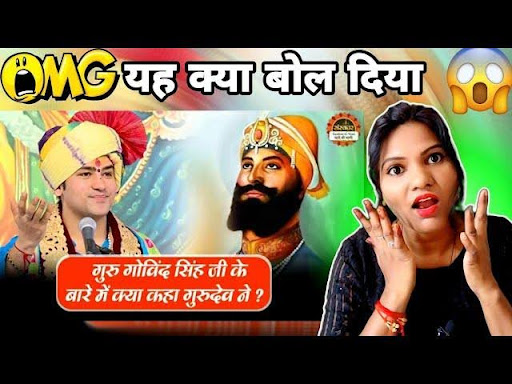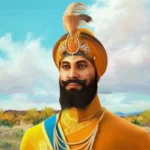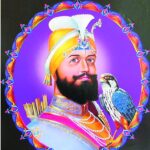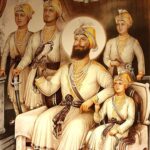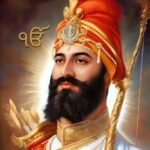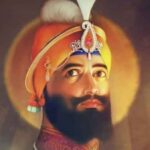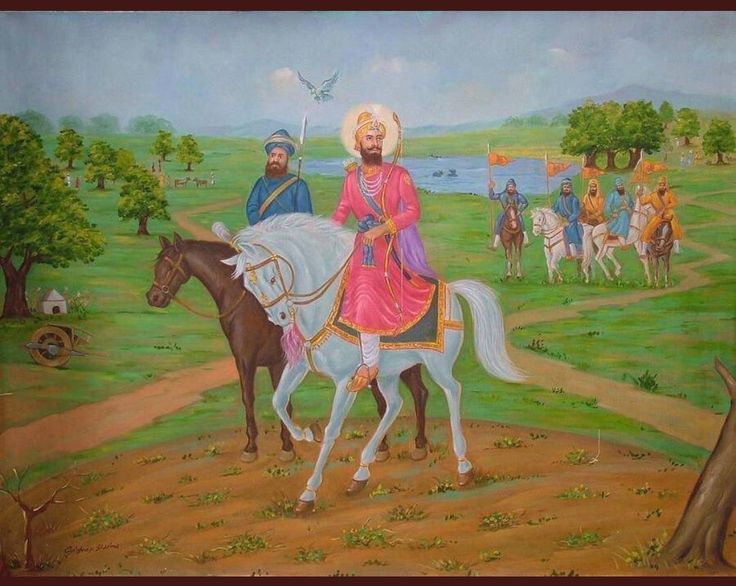Baba Bageshwar Dham talk regarding Guru Gobind Singh Jayanti, the birth anniversary of Guru Gobind Singh, is honoured as per the lunar calendar each year. Of the Sikh religion, he was one of the ten parson.
As per to the Julian Calendar, Guruji was born as Gobind Rai on 22 Dec. in 1666.
Guru Gobind Singh was the last of the Sikh preachers to live or good to say The Tenth Nanak. His gospel have motivated the others for Sikh section and generations. The Sikh community celebrated this day offers prayers at gurudwaras and remember Guruji’s words of wisdom.
1. A LEADER AMONG US
Gobind Rai, who will in the later timeline be signify as Guru Gobind Singh, is chronic to the ninth Guru of Sikhism.
2. SON OF A MARTYR
He is only nine when he setting off the Tenth Sikh Guru. He conquered after his papa Guru Teg Bahadur accept suffering in the hands of Mughal Emperor Aurangzeb to protected the Kashmiri Hindus.
3. SCHOLAR AND WARRIOR
As a kid, Guru Gobindh Singh learned numerous languages including Gurmukhi, Urdu, Persian, Braj, sanskrit and Hindi. He also learn up martial arts to become adepting in combat.
4. TO THE HILLS
Guru Gobindji’s homecity was the Anandpur Sahib city in the present Punjab Rupnagar disrict. He left the city due to a struggle with Bhim Chand and make a start to Nahan, a place in the mountains of Himachal Pradesh, follow up the invitation of the king of Sirmur, Mat Prakash.
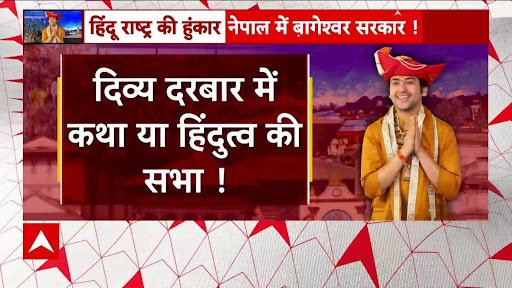
5. PREACHING IN HILLS
From Nahan, Guru Gobind Singh proceeded to Paonta, a city beside the South Sirmur as river Yamuna, Himachal Pradesh. There, he established the Paonta Sahib Gurudwara and preaching about the Sikhism principles. Paonta Sahib rested the major Sikhs pilgrim site. Guru Gobindji also written texts and had a considerable number of followers within 3 years, the timeline he spent there.
6. A FIGHTER
at the age of 19, In September 1688, Guru Gobind Singh had fought the Battle of Bhangani against the associated force of Bhim Chand, other local kings of the Sivalik Hills and Garwal king Fateh Khan. The battle lasting for a day and thousands of lives had been lost. The Guru came out champion. A description of the battle could be found in Bachittar Natak or Bichitra Natak, a chunk of the Dasham Granth, which is the religious text hold responsible to Guru Gobind Singh.
7. RETURN TO HOME
In November 1688, Guru Gobind returned to Anandpur, which became denoted as Chak Nanaki, agree upon the invitation queen of Bilaspur from the dowager.
8. FOUNDER OF KHALSA
On in 1699, March 30, Guru Gobind Singh gathering his followers to his sweet home in Anadpur. He was asked for the volunteer to sacrificing his head for his brothers. Daya Ram given out his head and the Guru taken hold of him inside a tent and later emerging out with the blood sword. He again wanted to know for the volunteer and repeated the feat. This went on for 3 more times. At last, Guru emerging from the tent with the 5 volunteers and 5 headless goats were set up in the tent. These five Sikh volunteers were named as five beloved ones or Panj Pyaare by the Guru.
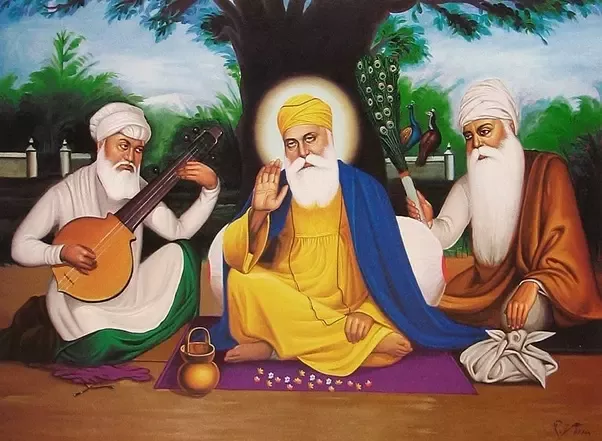
Guru Gobind Singh born as Gobind Das; 22 December 1666 – 7 October 1708) was the last and tenth human Sikh Guru. He was a philosopher, warrior, and poet. In 1675, at the age of nine he as the leader of the Sikhs was installed after his papa Guru Tegh Bahadur was carry off by Emperor Aurangzeb. His papa was the ninth Sikh Guru. His 4 biological sons passed away during its lifetime –in battle carried out by the Mughal governor Wazir Khan.
Among his remarkable contributions to Sikhism are founding the Sikh warrior society denoted Khalsa in 1699. and introducing the Five Ks, the 5 articles of faith that Khalsa Sikhism wear at all the times. He is assigned with the Dasam Granth whose carol are the sacred chunk of Sikh prayers and Khalsa rituals. He is also assigned as the one who enshrined the Guru Granth Sahib as Sikhism’s primary holy religious the holy Bible.
Gobind Singh was grown up in the Sodhi clan of the Punjab Khatri section. Singhji was born in Bihar, Patna on 22 Dec. 1666 while his papa was visiting Assam and Bengal. As per to Desi Calender, his birth date is 7 days after the in the Lunar Month of Poh or New Moon Day (also denoted Poh Sudi). His earlier name was Gobind Das and a holy place named Takht Sri Patna Harimandar Sahib marking the site of the sweet home where he spent the first four years of his life and was born. In 1670, his family returned to Punjab, and in March, they procceded to Chakk Nanaki in the northern India, Himalayan foothills, signify the Sivalik range, where he was getting its education.
